MARK ROTHKO (1903-1970)In Limbo 1941-1942 oil on canvas 32 by 24 in. 81.3 by 60.1 cm. This work was executed in 1941-1942.FootnotesProvenance Edith Sachar Carson, New York Joanne and Carol Carson, by descent Washburn Gallery, New York Acquired directly from the above by the present owner in 2012 Exhibited New York, Washburn Gallery, Mark Rothko The Edith Sachar Collection, 2001, n.p., illustrated Rome, Palazzo delle Esposizione; Munich, Kunsthaller der Hypo-Kulturstiftung; Hamburg, Hamburg Kunsthalle, Galerie der Gegenwart, Rothko, 2007-2008, no. 24, p. 100, illustrated Literature David Anfam and Carol Mancusi-Ungaro, Mark Rothko The Chapel Commission, Houston, 1996, p. 13, illustrated David Anfam, Mark Rothko The Work on Canvas, Catalogue Raisonné, New Haven, 1998, no. 188, p. 191, illustrated In 1923 Mark Rothko left Yale to attend the Art Students League in New York City, where he was influenced by notable faculty such as Thomas Hart Benton Reginald Marsh and John Sloan The venerable institution was a stronghold of realist tradition during the 1920s and 1930s, and during this brief period Rothko employed a New York-specific Social Realist style, painting everyday people on the subway, in restaurants and at the beach. He furthered his studies under painter Arshile Gorky who powerfully influenced him and many other Abstract Expressionists. Rothko felt that capturing emotion was essential to the art-making process, and by 1935, Rothko was a founding member of the Ten, a group of artists who sought to establish a brand of expressionistic figure painting distinct from the then-dominant American Regionalist style. In the social climate of anxiety that dominated the late 1930s and the horrors of World War II, images from everyday life—however unnaturalistic—began to appear old fashioned and out of touch. If art were to express the tragedy of the human condition, new subjects and a new idiom had to be found, and Rothko turned to subject matter culled from classical literature, Greek mythology, and the Hebrew and Christian scriptures. By 1940 his imagery became increasingly symbolic, and seizing on the Surrealists' concept of the unconscious as the source of art, he and fellow artists such as Jackson Pollock (fig 2) and Adolph Gottlieb (fig 3) introduced imagery based on totemic or mythic figures, drawing inspiration from mythological sources ranging from Navajo Indian deities to Greek mythology in search of a "collective unconscious". In Limbo is emblematic of Rothko's mythological period. The canvas is divided into two rectangular areas; the amorphous figure on the left side is supported by fragments of a Doric column, while the figure on the right is so tightly compressed it is barely contained. Rothko's dry brush technique suggests the weathered and eroded stone surfaces of antiquity. The rectangular structures evoke the sea, the sky and the earth, and hint at the floating zones of color over colored grounds for which Rothko ultimately would become known. Christopher Rothko, the painter's son, noted that "the 1940s is the decade where everything happens for my father. He enters the decade one way and he comes out the other end as the Rothko we know" quoted in The New York Times, "Rothko's Journey to His Fields of Color, in Full View" March 20, 2013
MARK ROTHKO (1903-1970)In Limbo 1941-1942 oil on canvas 32 by 24 in. 81.3 by 60.1 cm. This work was executed in 1941-1942.FootnotesProvenance Edith Sachar Carson, New York Joanne and Carol Carson, by descent Washburn Gallery, New York Acquired directly from the above by the present owner in 2012 Exhibited New York, Washburn Gallery, Mark Rothko The Edith Sachar Collection, 2001, n.p., illustrated Rome, Palazzo delle Esposizione; Munich, Kunsthaller der Hypo-Kulturstiftung; Hamburg, Hamburg Kunsthalle, Galerie der Gegenwart, Rothko, 2007-2008, no. 24, p. 100, illustrated Literature David Anfam and Carol Mancusi-Ungaro, Mark Rothko The Chapel Commission, Houston, 1996, p. 13, illustrated David Anfam, Mark Rothko The Work on Canvas, Catalogue Raisonné, New Haven, 1998, no. 188, p. 191, illustrated In 1923 Mark Rothko left Yale to attend the Art Students League in New York City, where he was influenced by notable faculty such as Thomas Hart Benton Reginald Marsh and John Sloan The venerable institution was a stronghold of realist tradition during the 1920s and 1930s, and during this brief period Rothko employed a New York-specific Social Realist style, painting everyday people on the subway, in restaurants and at the beach. He furthered his studies under painter Arshile Gorky who powerfully influenced him and many other Abstract Expressionists. Rothko felt that capturing emotion was essential to the art-making process, and by 1935, Rothko was a founding member of the Ten, a group of artists who sought to establish a brand of expressionistic figure painting distinct from the then-dominant American Regionalist style. In the social climate of anxiety that dominated the late 1930s and the horrors of World War II, images from everyday life—however unnaturalistic—began to appear old fashioned and out of touch. If art were to express the tragedy of the human condition, new subjects and a new idiom had to be found, and Rothko turned to subject matter culled from classical literature, Greek mythology, and the Hebrew and Christian scriptures. By 1940 his imagery became increasingly symbolic, and seizing on the Surrealists' concept of the unconscious as the source of art, he and fellow artists such as Jackson Pollock (fig 2) and Adolph Gottlieb (fig 3) introduced imagery based on totemic or mythic figures, drawing inspiration from mythological sources ranging from Navajo Indian deities to Greek mythology in search of a "collective unconscious". In Limbo is emblematic of Rothko's mythological period. The canvas is divided into two rectangular areas; the amorphous figure on the left side is supported by fragments of a Doric column, while the figure on the right is so tightly compressed it is barely contained. Rothko's dry brush technique suggests the weathered and eroded stone surfaces of antiquity. The rectangular structures evoke the sea, the sky and the earth, and hint at the floating zones of color over colored grounds for which Rothko ultimately would become known. Christopher Rothko, the painter's son, noted that "the 1940s is the decade where everything happens for my father. He enters the decade one way and he comes out the other end as the Rothko we know" quoted in The New York Times, "Rothko's Journey to His Fields of Color, in Full View" March 20, 2013
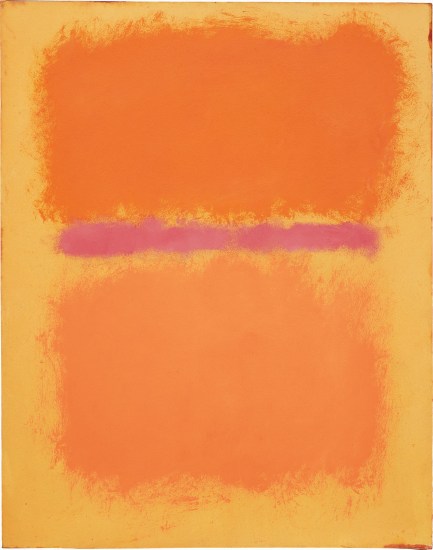

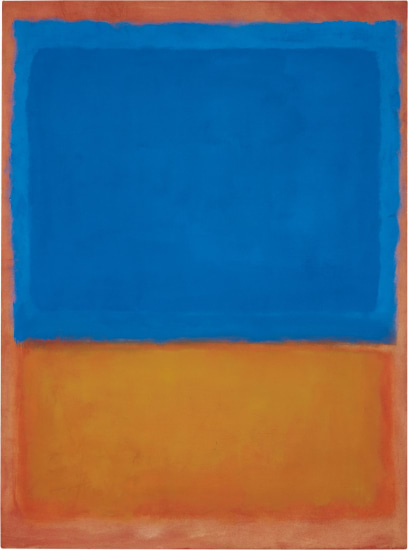
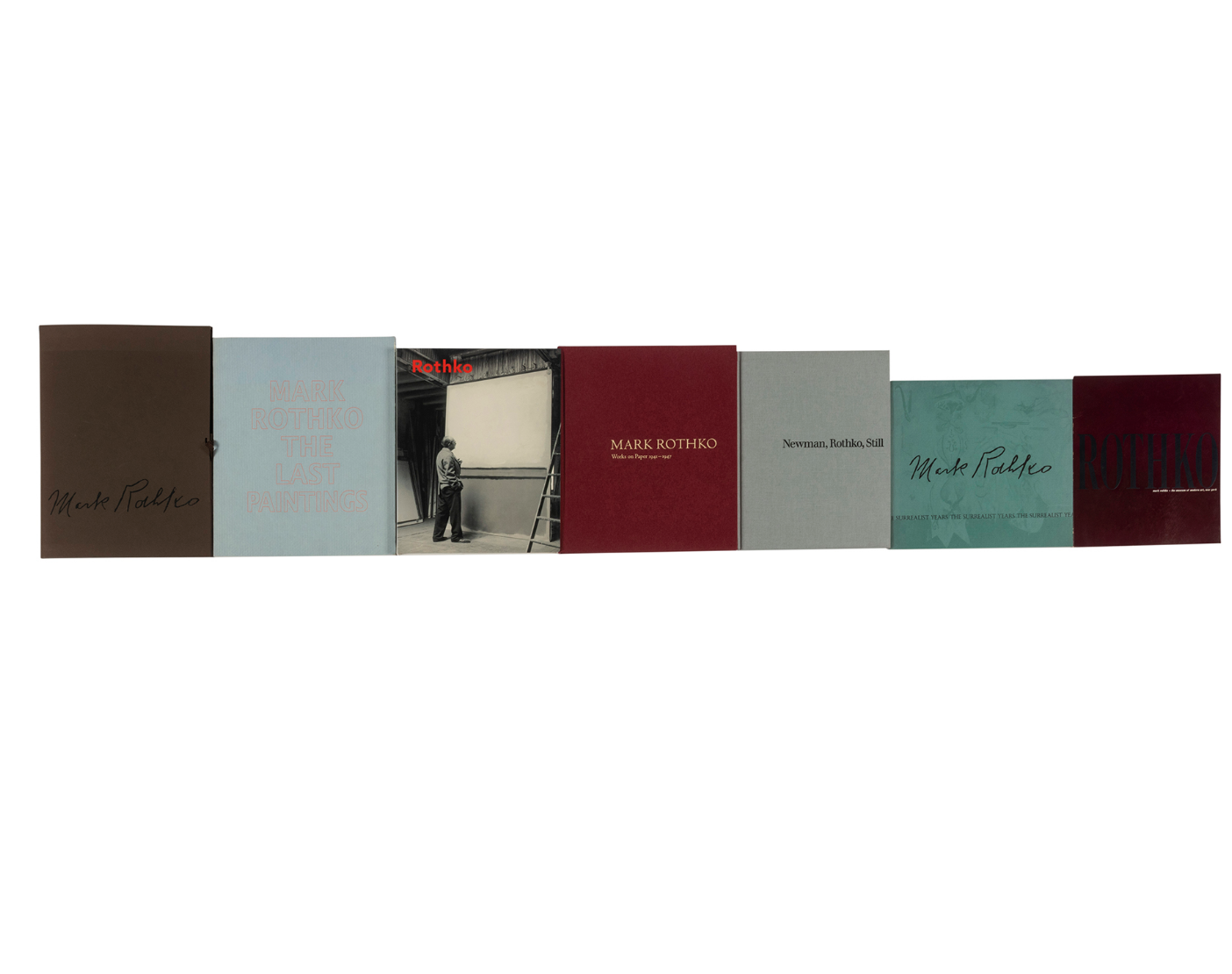
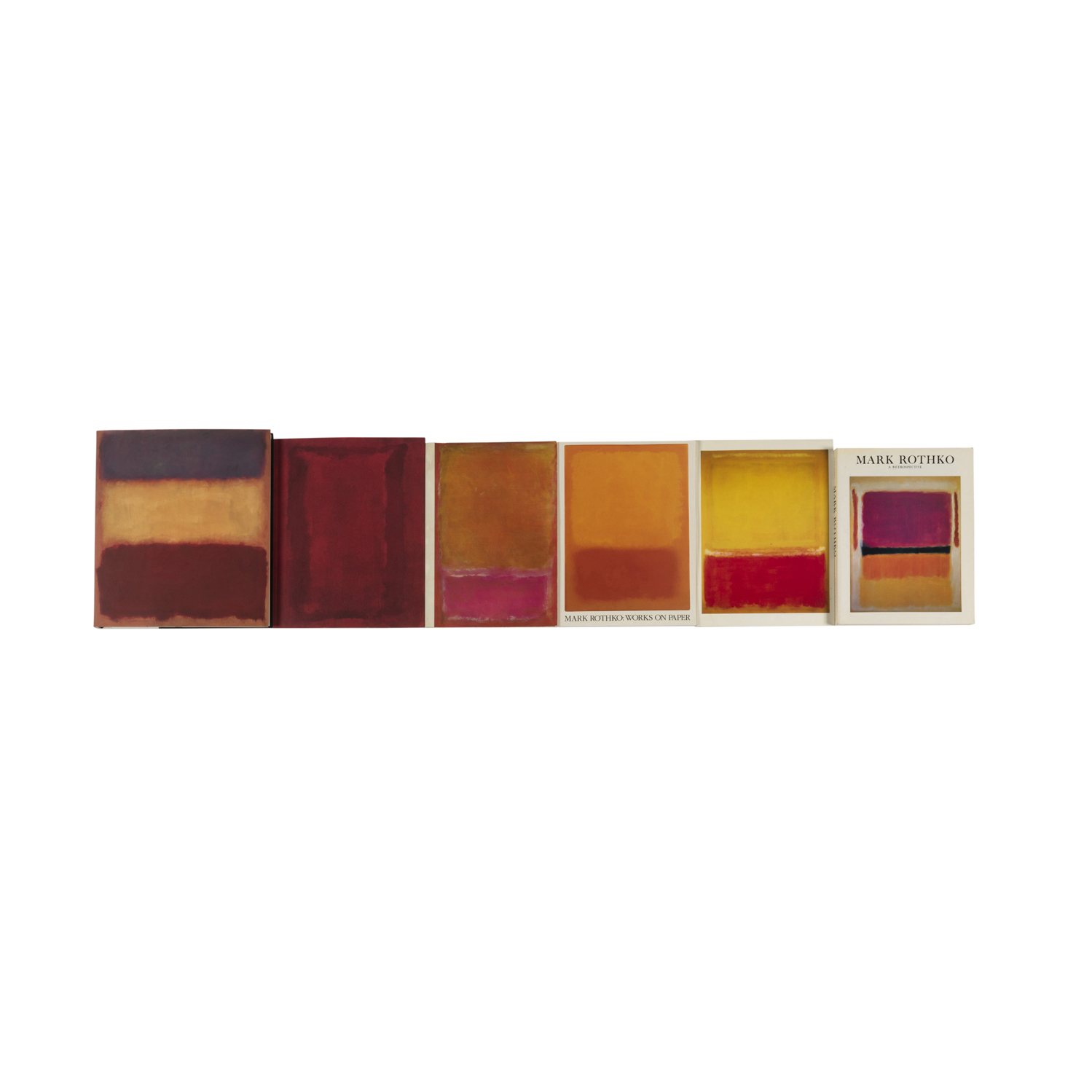
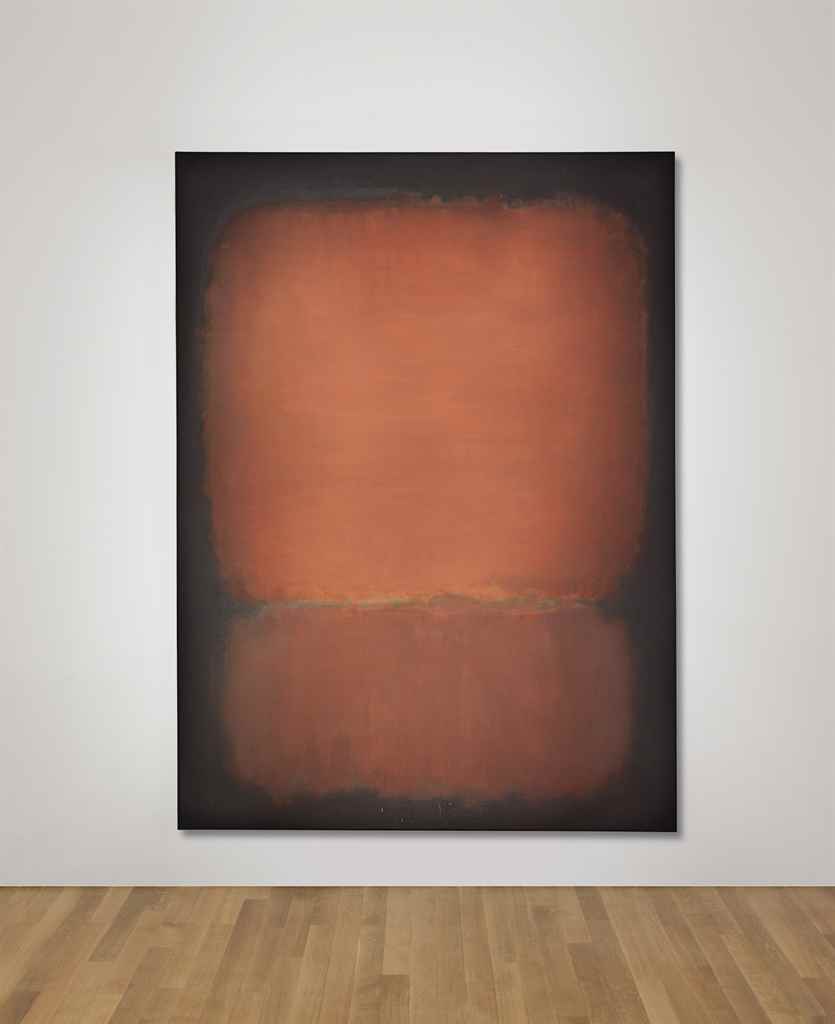
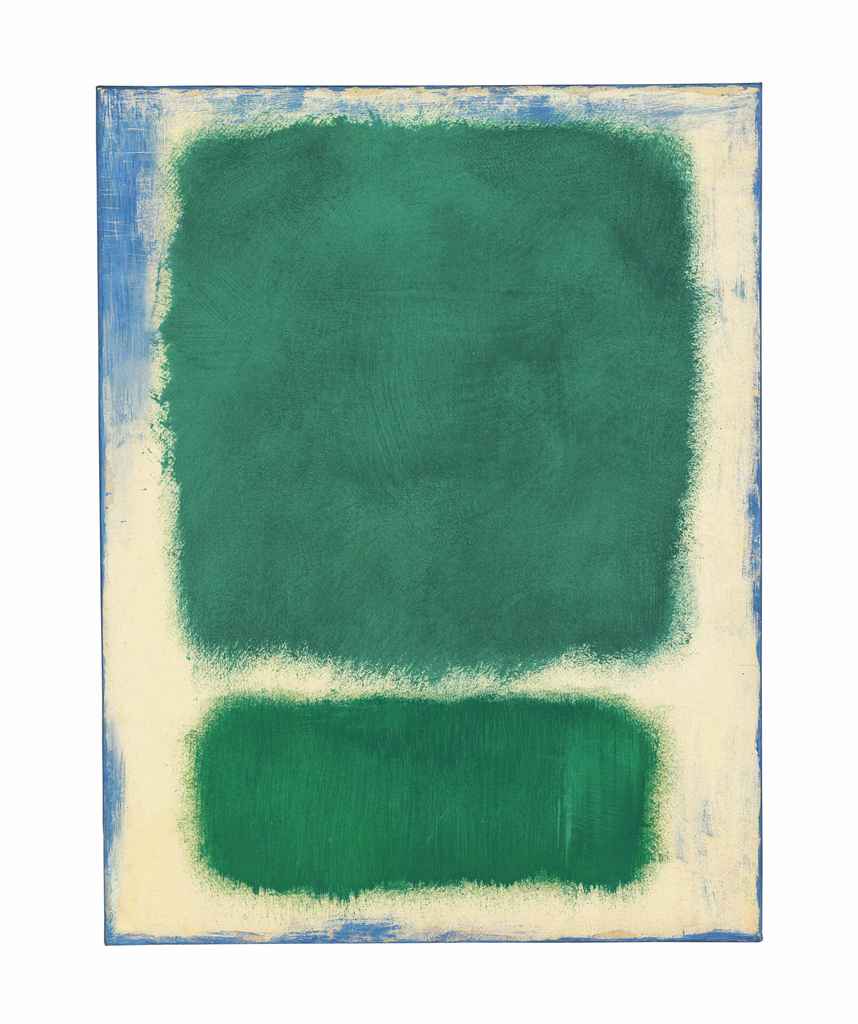
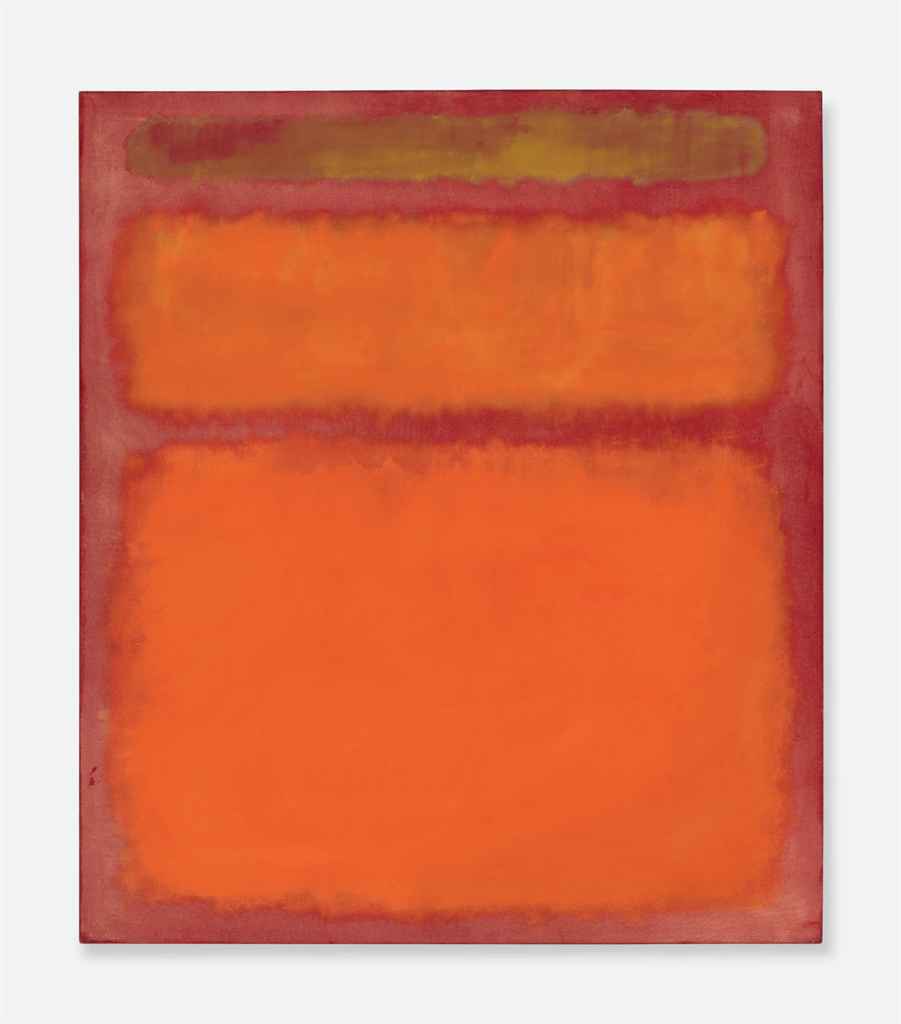



.jpg)
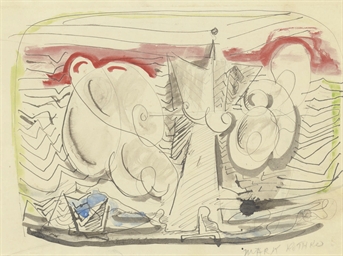
Testen Sie LotSearch und seine Premium-Features 7 Tage - ohne Kosten!
Lassen Sie sich automatisch über neue Objekte in kommenden Auktionen benachrichtigen.
Suchauftrag anlegen